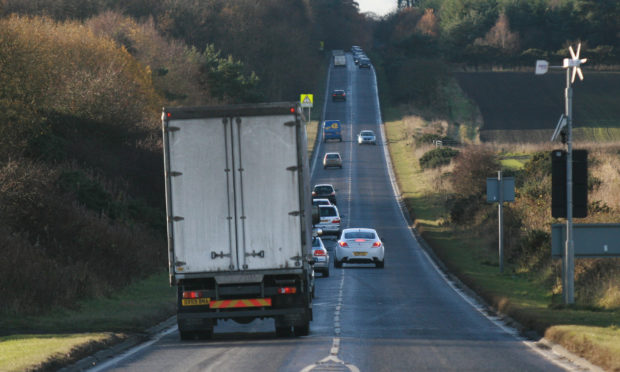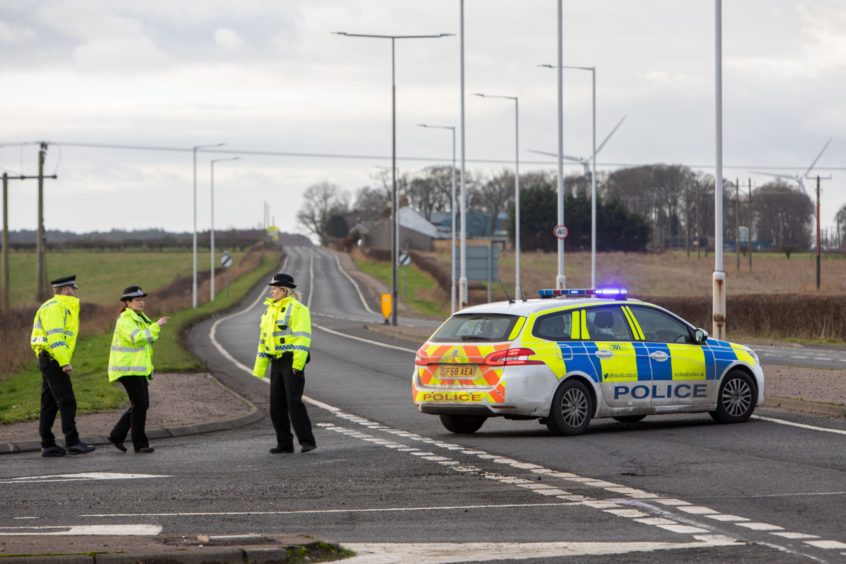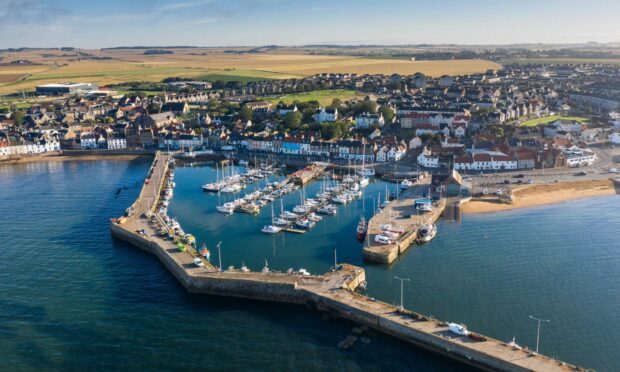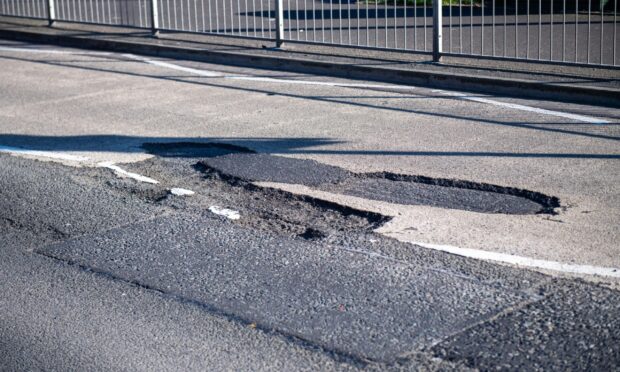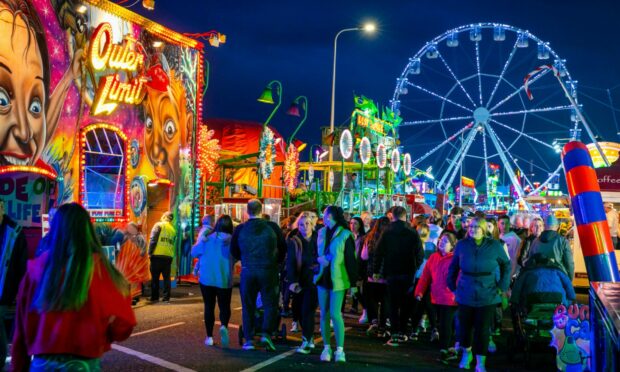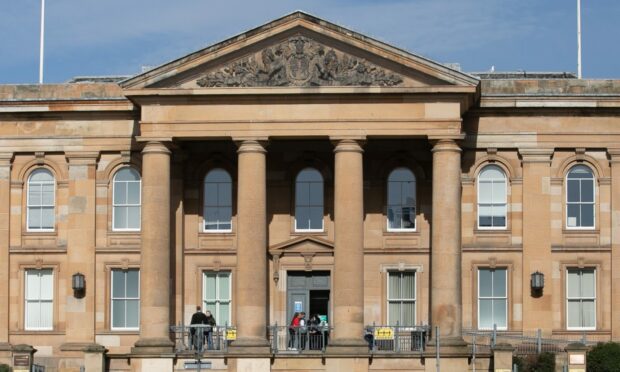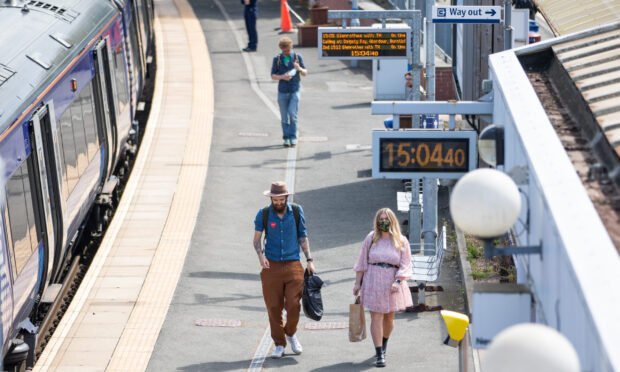State-of-the-art technology could be used to cut the number of crashes at one of Fife’s worst accident blackspots.
Fife Council wants to install an electronic warning sign on the notorious Standing Stane Road, where eight people have been killed since 2005.
Rather than flashing a standard slow down message, the £80,000 system displays a warning tailored to the situation.
This includes telling motorists they are too close to the vehicle in front or that cars are turning at junctions.
Anything we can do to prevent further tragedies and grief for families has to be a good thing.”
Labour councillor Colin Davidson.
The technology is new to the market and has so far only been used on a section of trunk road maintained by Bear Scotland in Dumfries and Galloway.
If councillors give the go-ahead, Fife will be the first council in the country to use it.
It will then be used as an example to demonstrate to other local authorities.
Officials hope it will help reduce accident numbers on the main route between Kirkcaldy and Leven, the busiest road in the Fife Council network.
There are particular concerns about the high volume of crashes at the Checkbar Road junction.
‘Innovative approach’
Labour councillor Colin Davidson hailed the proposal as fantastic after a tragic few years on the Standing Stane.
He said the road had been the scene of some of the worst accidents in living memory.
“We need to take an innovative approach to a very, very difficult problem,” he said.
“It’s a historical problem that goes back decades and it’s only now we’re putting in a co-ordinated approach to make sure that road is fit for purpose.
“Anything we can do to prevent further tragedies and grief for families has to be a good thing.”
The Vehicle Activated Sign (VAS) system will be the latest in a number of interventions on the A915.
So far, the council has reduced the speed limit from 60 to 40mph at the Leven end.
It has also introduced new lighting and road studs and cut back verges.
However, accidents continue to happen.
Enforcement will continue
Fife Council’s transportation head Ken Gourlay said most crashes occur at the Checkbar junction due to vehicles travelling too close together and drivers failing to react to turning traffic.
“This is a far more common cause of crashes than vehicles travelling at excessive speed,” he said.
Mr Gourlay said the significant volume of traffic on the road for most of the day largely prevents speeding.
“This proposed system uses the VAS to give information warning drivers by flashing up a message,” he said.
“Compared to the standard VAS sign however, the type proposed here would provide a tailored message both to warn if a vehicle is travelling too close to the vehicle in front and also to warn of any turning traffic ahead at the Checkbar junction.
“If neither of these situations apply then there is no message displayed.
“The technology uses sensors buried in the road surface to detect the criteria for displaying a targeted message to drivers.”
‘Tailored solution’
Enforcement activity including speed cameras will also continue on the A915 but average speed cameras have been ruled out.
Mr Gourlay said: “An average speed camera system is not a practical option for the circumstances being experienced on the A915, particularly due to the speed not being the predominant causation factor.
“The installation of VAS…offers a tailored solution to assist with the ongoing driver behaviour problems being experienced on the A915.”
